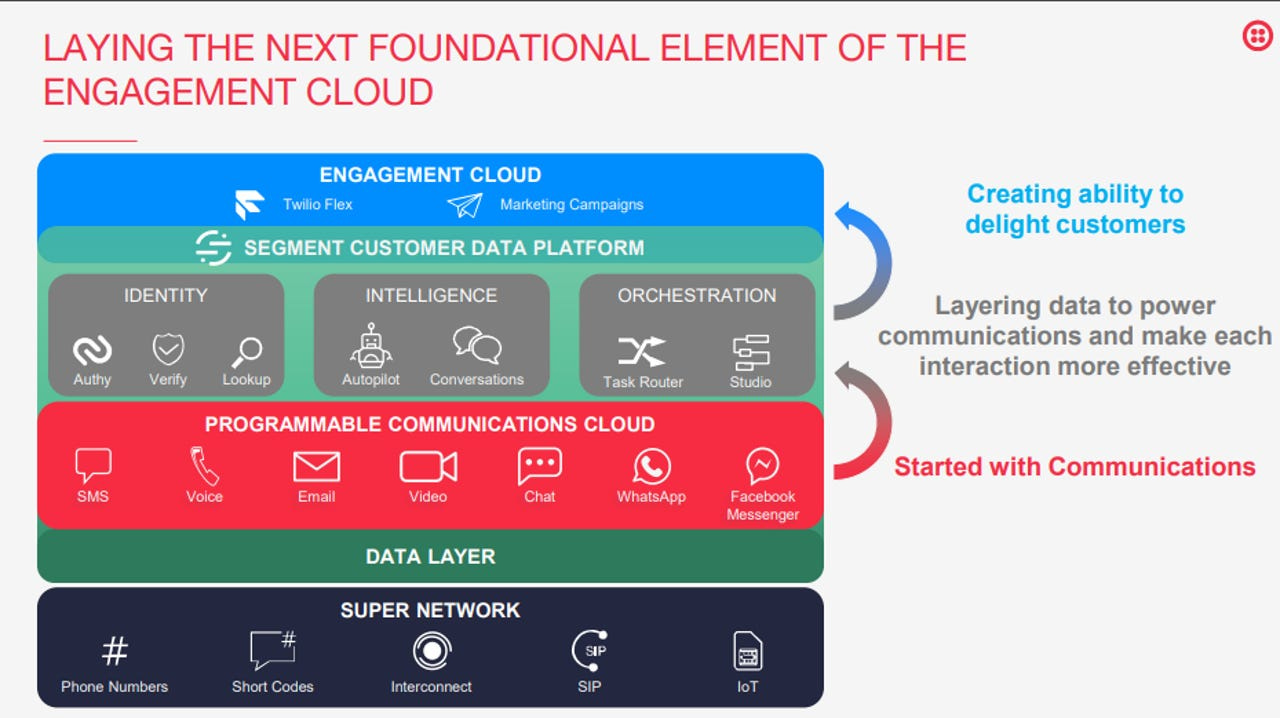Domino that called exit(); for Twilio’s Programmable Video
As a developer, I am going to miss the great product that has been truly built for developers.
Let’s go back and understand what worked and what didn’t work well for Twilio.
How they have started as per Jeff Lawson:
How do we bring communications into the realm of software and enable every software developer in the world to build out their ideas quickly and easily
From day one, Twilio was a developer-focused company. They have to build the best products and abstract major complexities from telecom technologies.
The Beginning: Making Telecom Simple
Twilio's journey began with a simple observation, and their innovation has fundamentally changed how developers build communication applications. This has led to a rich ecosystem of communication tools and services, transforming the way businesses and individuals across industries communicate. They literally have to stretch copper wires from telecom provider to their office.
Developers, Developers, Developers
Twilio's success can largely be attributed to their developer-first approach. By focusing on developers as their primary customers, they were able to break the network effect and build a loyal community of users.
Their early commitment to developers demonstrated through numerous hackathons and active community engagement (shipping more t-shirts than Apple shipped iPhones in those years), helped build trust and loyalty.
This strong foundation led to the launch of successful products like Programmable Voice and Programmable SMS and other communication channels, which really helped them to do the most successful IPO in 2016.
The domino of Application Layer
Next thing that they proposed after doing the IPO in 2016 was Twilio introduced two key products: ‘Programmable Communication Cloud’ and ‘Engagement Cloud.’
Engagement Cloud provided a direct solution for customer engagement rather than the initial developer-centric approach. It was later renamed as “Twilio Flex” and “Twilio Engage”.
These products provided a more readily available solution for customer engagement just like the Software as a Service (SaaS) approach and helped Twilio grow its business faster.
n the short run, It helped Twilio to crack the next layer of growth but in the long run, positioning has to change from just developers to sales and marketing people as well.
This shift sparked a domino effect, leading to a redefined customer base.
Acquisition of Segment and the last domino to fall
Things started to get more complicated in 2018 when Twilio acquired the segment. Segment is a customer data platform (CDP) that helps businesses collect, integrate, and activate their customer data and is not a good fit with Twilio's core ICP.
Twilio has a great understanding of marketing as a segment and that’s where Segment got into the picture. The idea was to have a data layer that could bridge the communication layer with the engagement layer and give end-to-end data analytics to marketers on what is working and what is not working.
The next thing was to become a full marketing automation cloud by launching “Twilio Engage“ and “Twilio Flex“, which was the full version of Engagement Cloud.
By doing this, Twilio will be positioned as end-to-end “Marketing Automation“ for upmarket and a candid player to compete with Salesforce and Adobe until now.
As per last layoff and quarter report, Here is the statement from Jeff:
We’ve made tremendous progress in Communications, even overachieving on our goals;
Last year, we made the decision to invest, ahead of growth, in go-to-market for Segment. Unfortunately, that bet hasn’t led to the growth outcome we’d hoped for.
It means they are going back to roots going back to make communication as first position.
But What made them to end “Programmable Video“
The major question is ‘Why did they decide to end?’ After 4 years of planning and failing to achieve internal growth in marketing automation with their Engagement Cloud, Twilio returned to their core products including Voice, SMS, and Chat to target the market.
Lastly, we’ve decided to end-of-life (EOL) Twilio Programmable Video as a standalone product. Given it’s such a niche area and a relatively small part of our portfolio, we believe partnering with video industry leaders is the best way to ensure long-term product innovation for our customers.
Removing Programmable Video from our portfolio will also allow Communications to more effectively focus on our pillar products - Messaging, Voice, and Email.
Conflict of interest in ICP
First and foremost, the main problem is the conflict of interest in ICP, with Engage and Flex's main focus being to convince marketing and sales automation companies while programmable video is more of an developer focused programmable video SDK for ICPs like EdTech, healthcare, and webinar.
Literally No Updates
Another reason is hard execution on the product, Twilio is not able to justify programmable video as product in last many years. No support of trending frameworks like React, React Native, Flutter etc. It was orphan product most of the time inside Twilio, no new features in last many years.
Emerging markets are too small for Twilio
Twilio is doing $4Bn ARR which means that maintaining a growth rate is harder to achieve with small and emerging markets so they are moving up-market with Flex and Engage.
Future of Real-time video
I believe that real-time video will going to distrust voice, SMS, and email as channels and become the primary channel of communication in the future.
Humans have a tendency to replicate the reality and high-fidelity experiences and my belief is Twilio is making a big mistake here to stop working on real-time video. They will regret it in the future.
I have been writing for a long time almost the last 10 years but forgot this superpower in the last couple of years but now back with more energy and going to write here irregularly. Feel free to subscribe for more updates.









